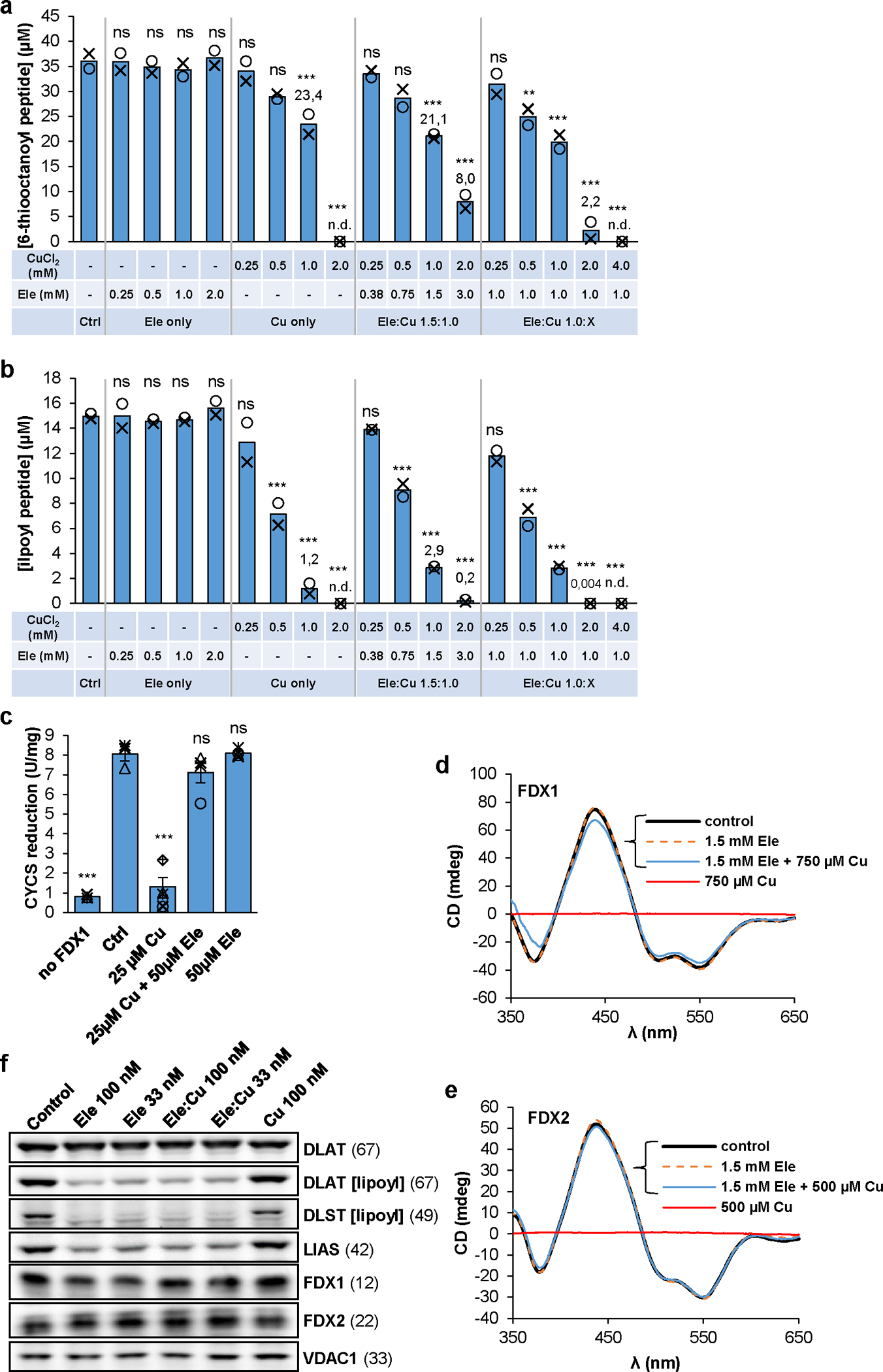Fig. 4. Inhibitory effect of elesclomol-copper on lipoyl synthesis in vitro.

a,b Formation and quantitation of the 6-thiooctanoyl- (a) and lipoyl- (b) peptide was as in Fig. 3b,c in the presence of the indicated concentrations of CuCl2 and/or elesclomol (Ele) (n = 2; one-way ANOVA for control versus Ele/Cu titrations, **p < 0.01, ***p < 0.001). n.d., not detectable. c Reduction of cytochrome c (80 μM) by 1 mM NADPH, 2 nM FDXR, and 0.1 μM FDX1 in samples containing CuCl2 and/or Ele as indicated. Cytochrome c reduction was monitored at 550 nm for 60 s. Error bars indicate the SEM (n ≥ 3; one-way ANOVA, ***p < 0.001). d,e CD spectra of FDX1 (d) and FDX2 (e) recorded after incubation with the indicated amounts of CuCl2 and/or Ele (see also Suppl. Fig. 3). f HEK293 cells were grown in the presence of the indicated amounts of Ele and/or Cu for 72 h before harvesting and immunostaining of the indicated proteins or lipoyl cofactor. Observed molecular masses (kDa) for proteins are given in parentheses. Representative blots are shown.
